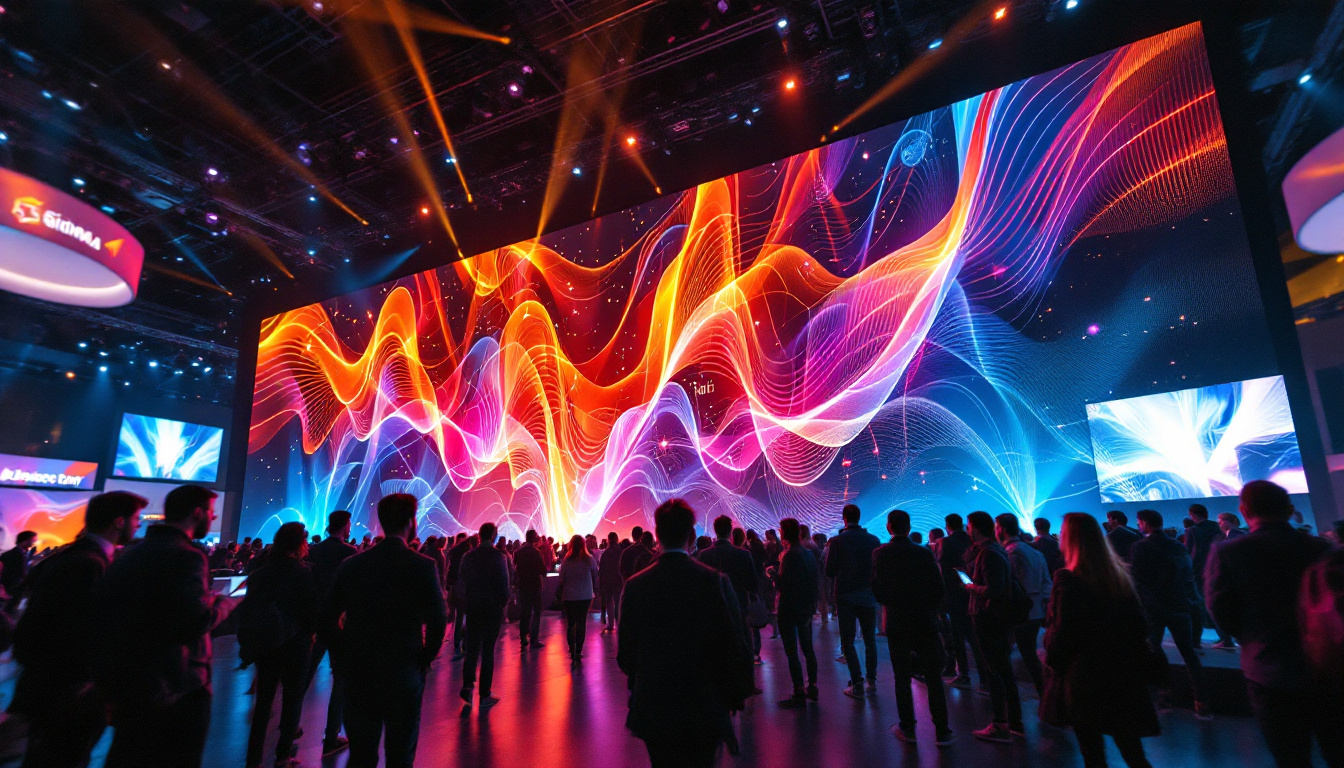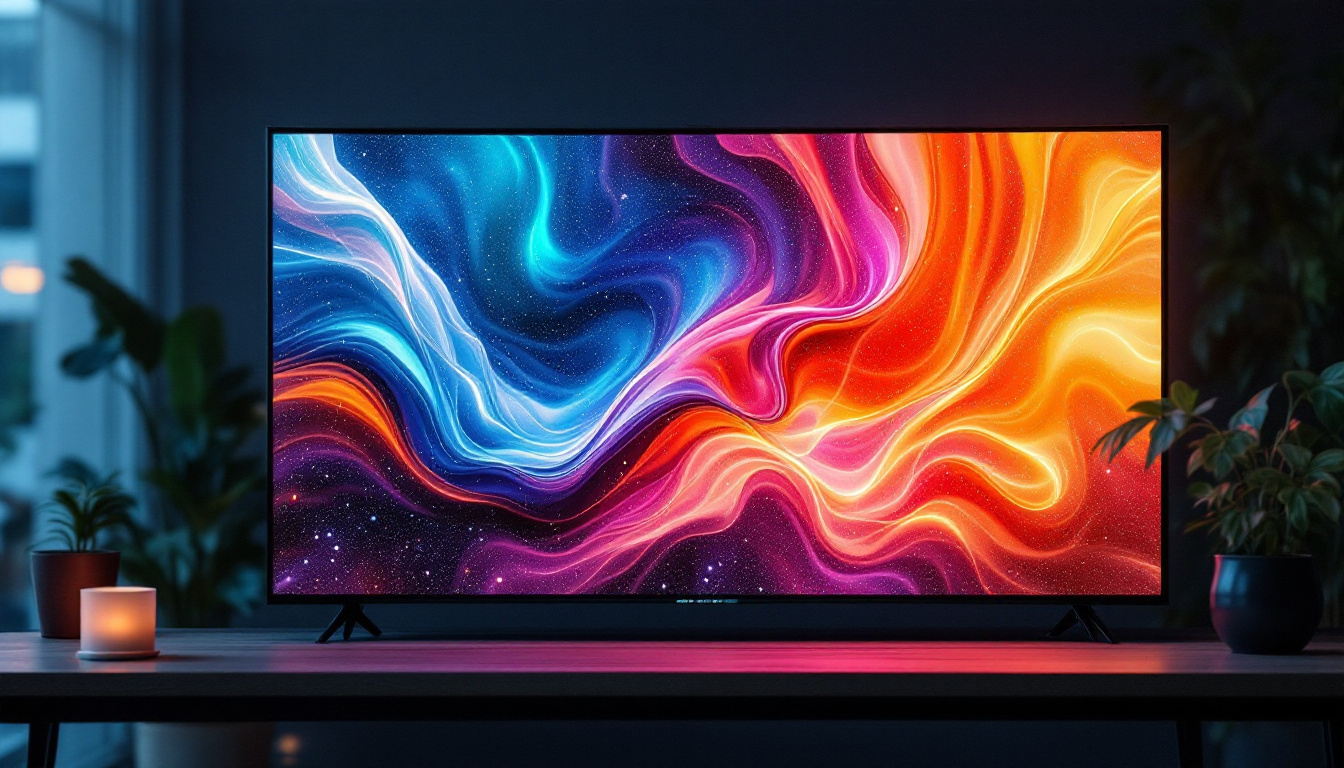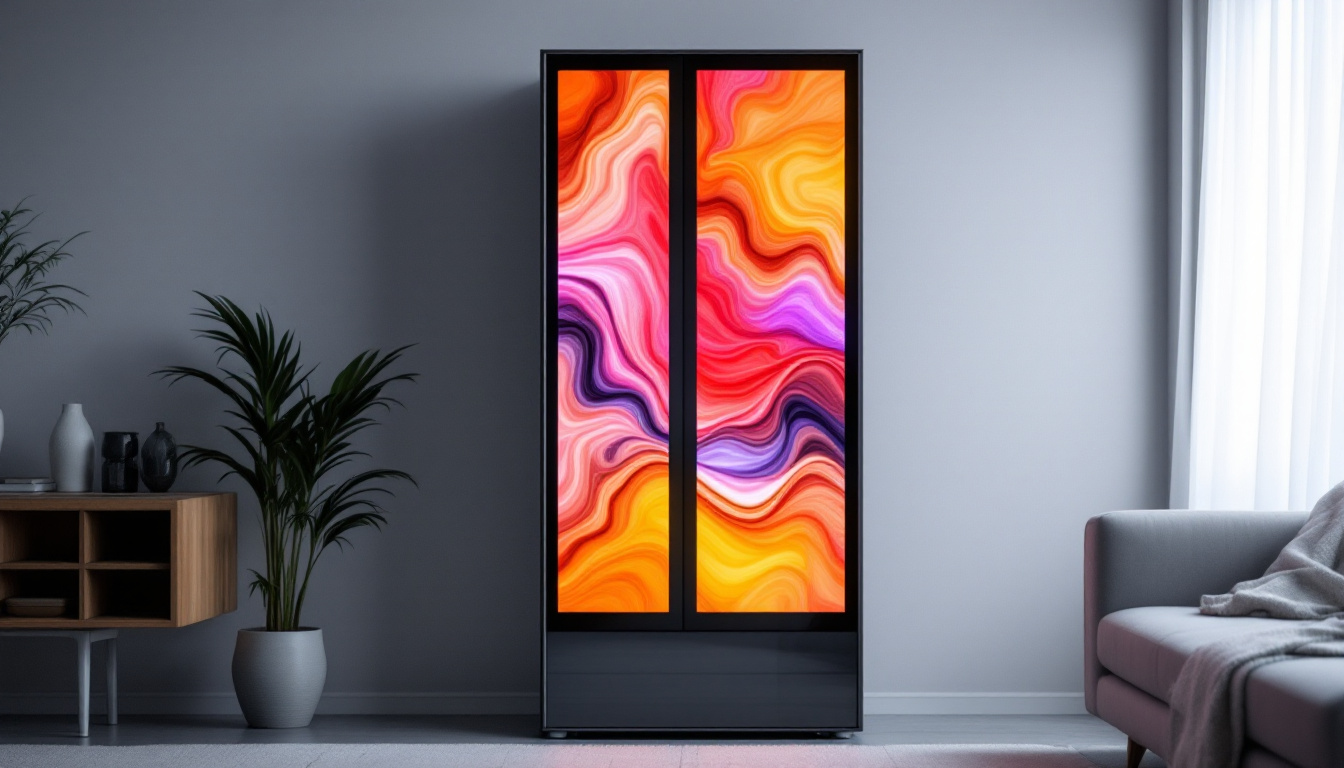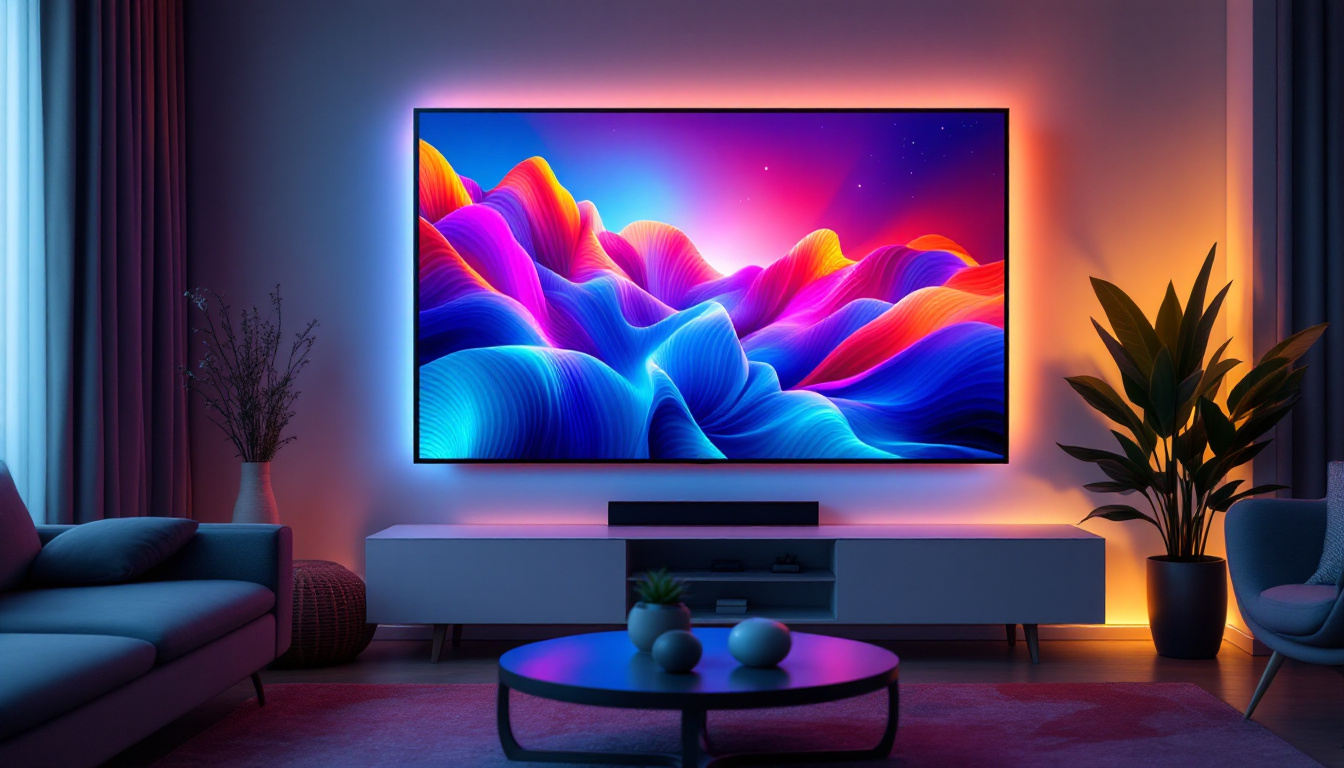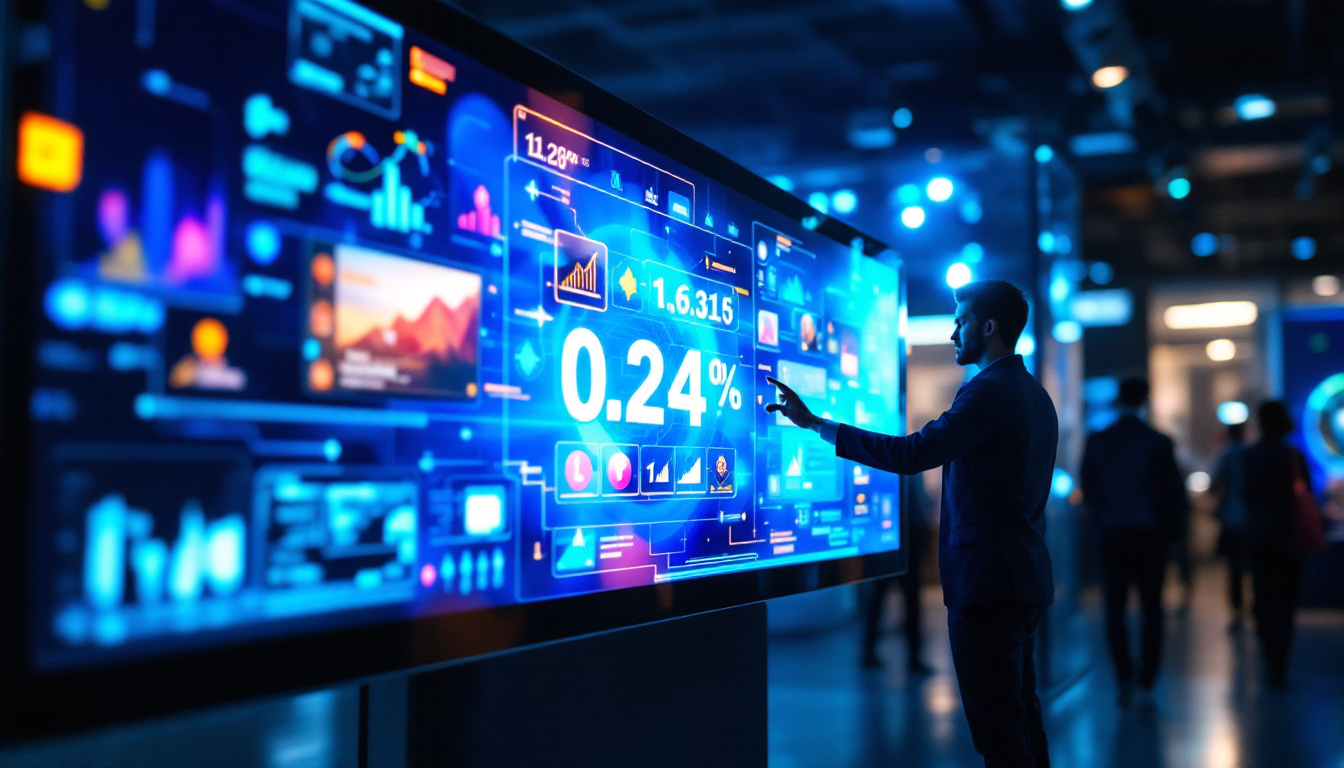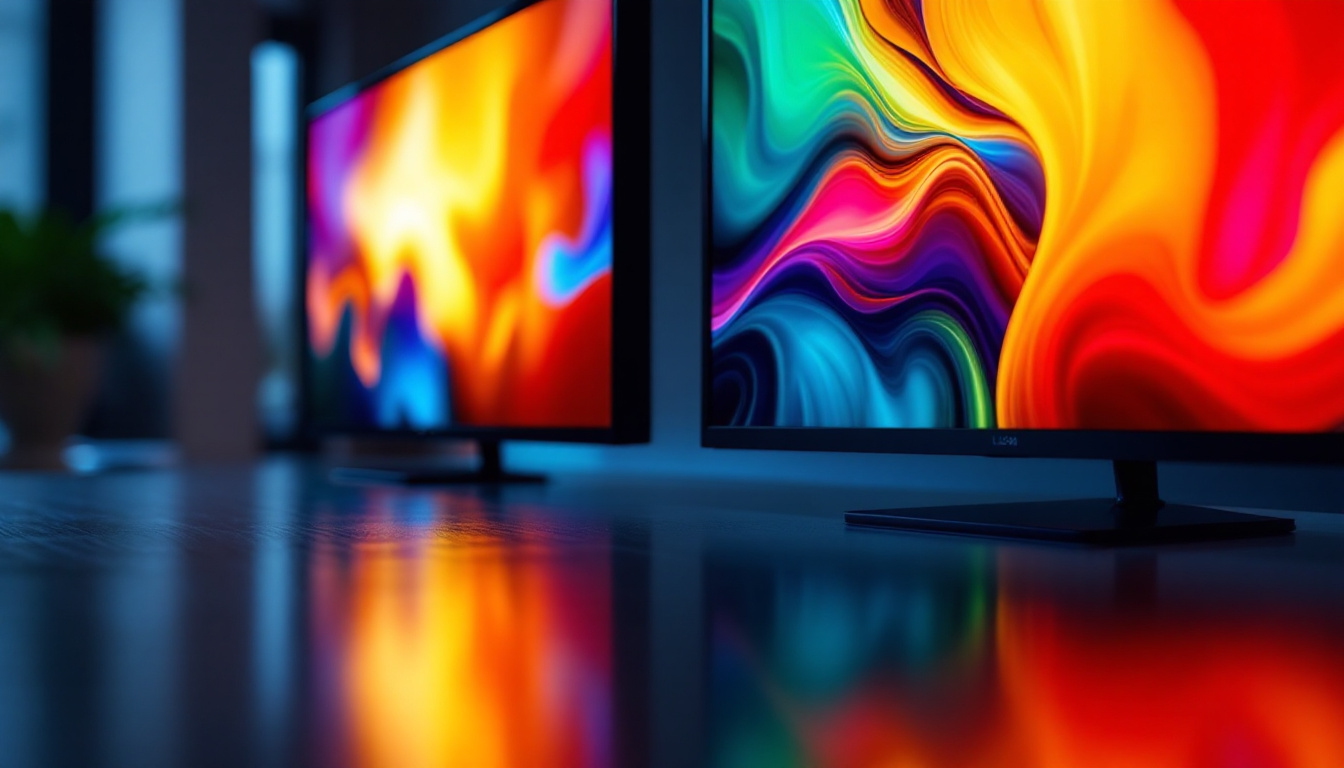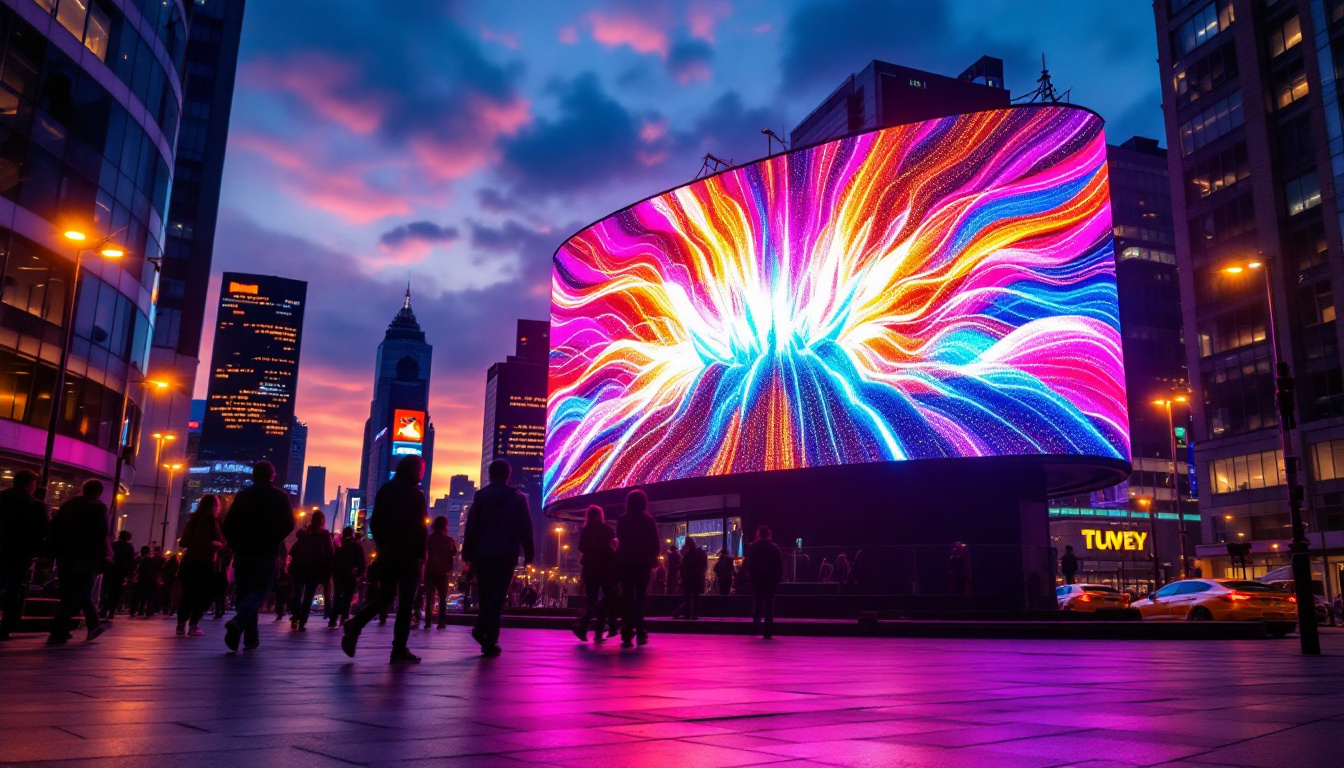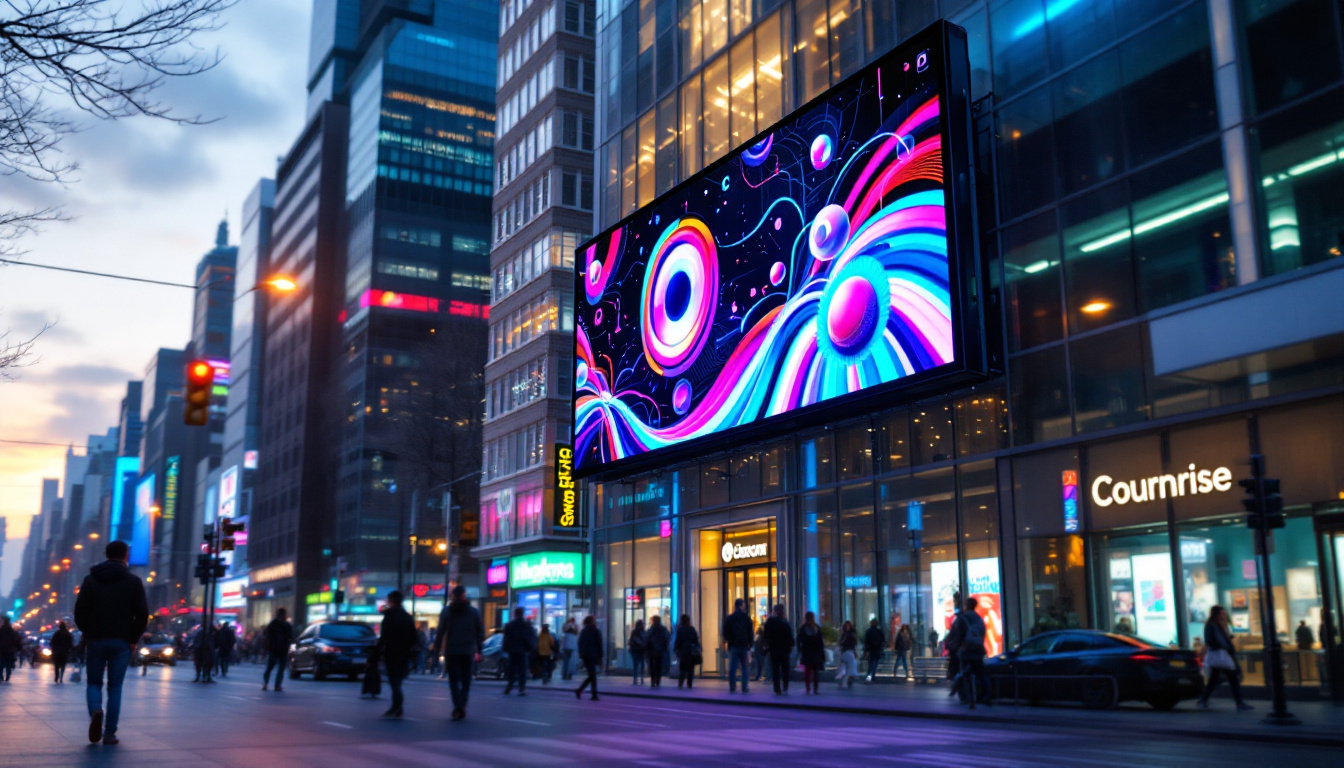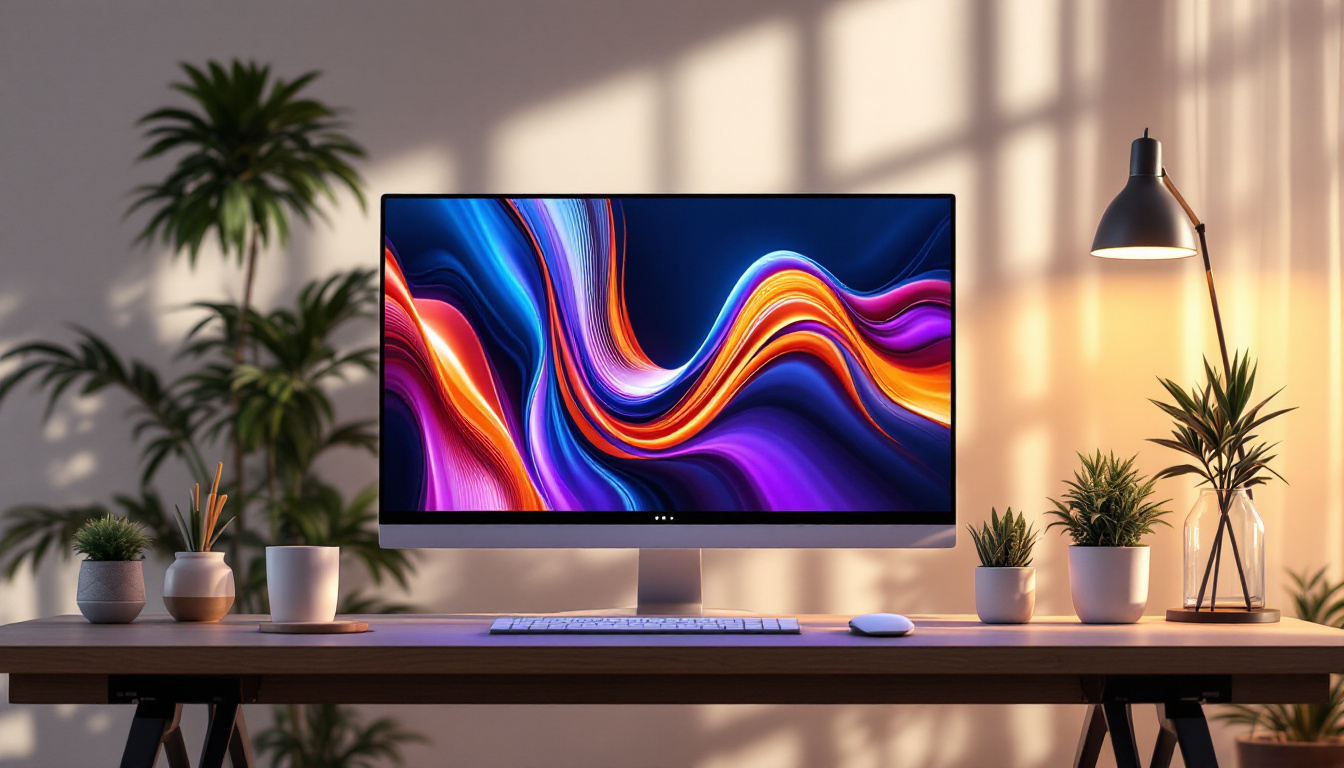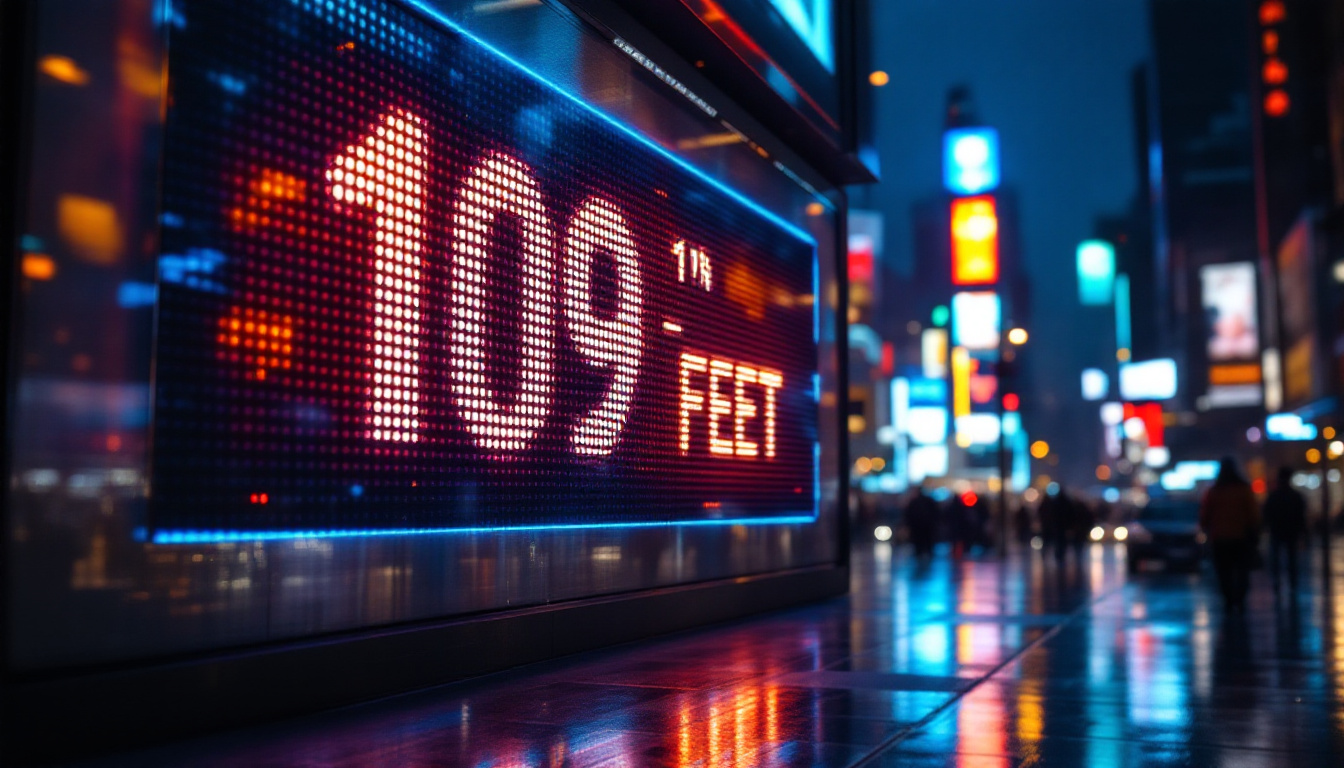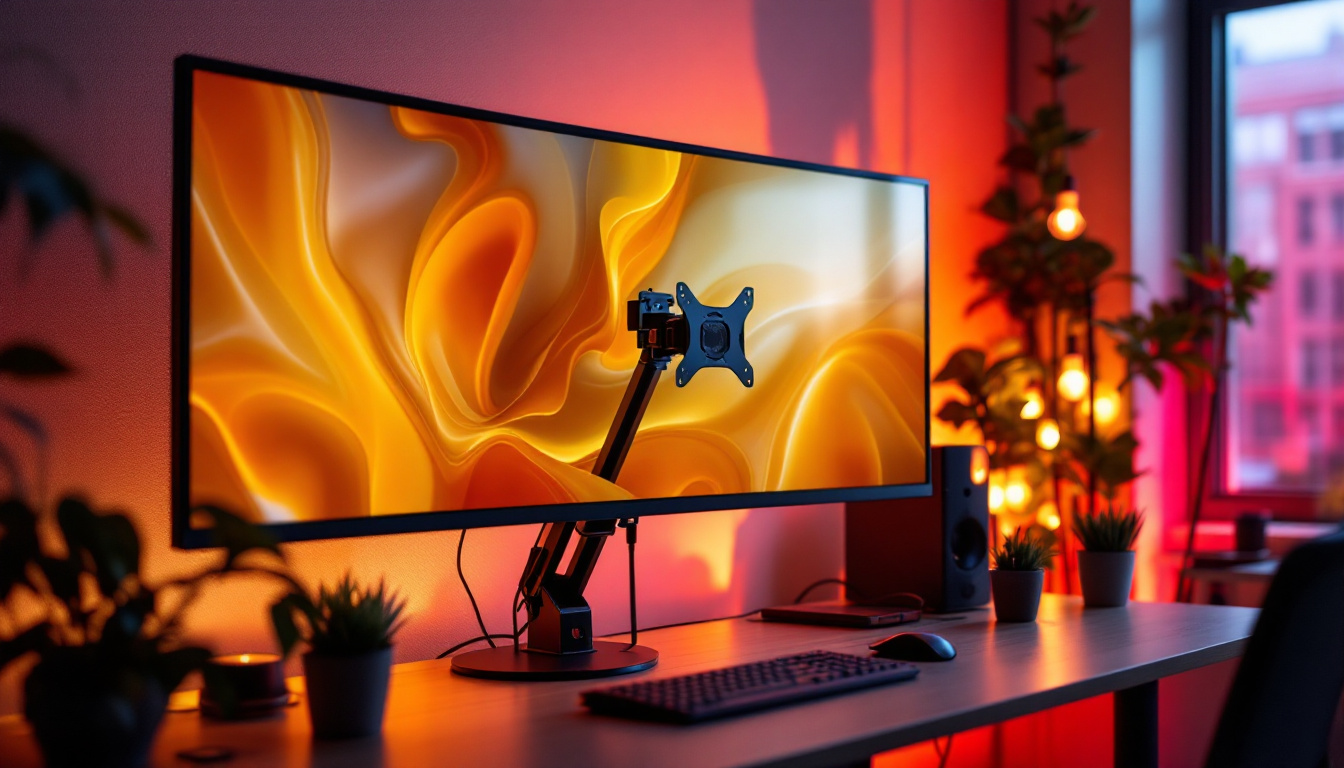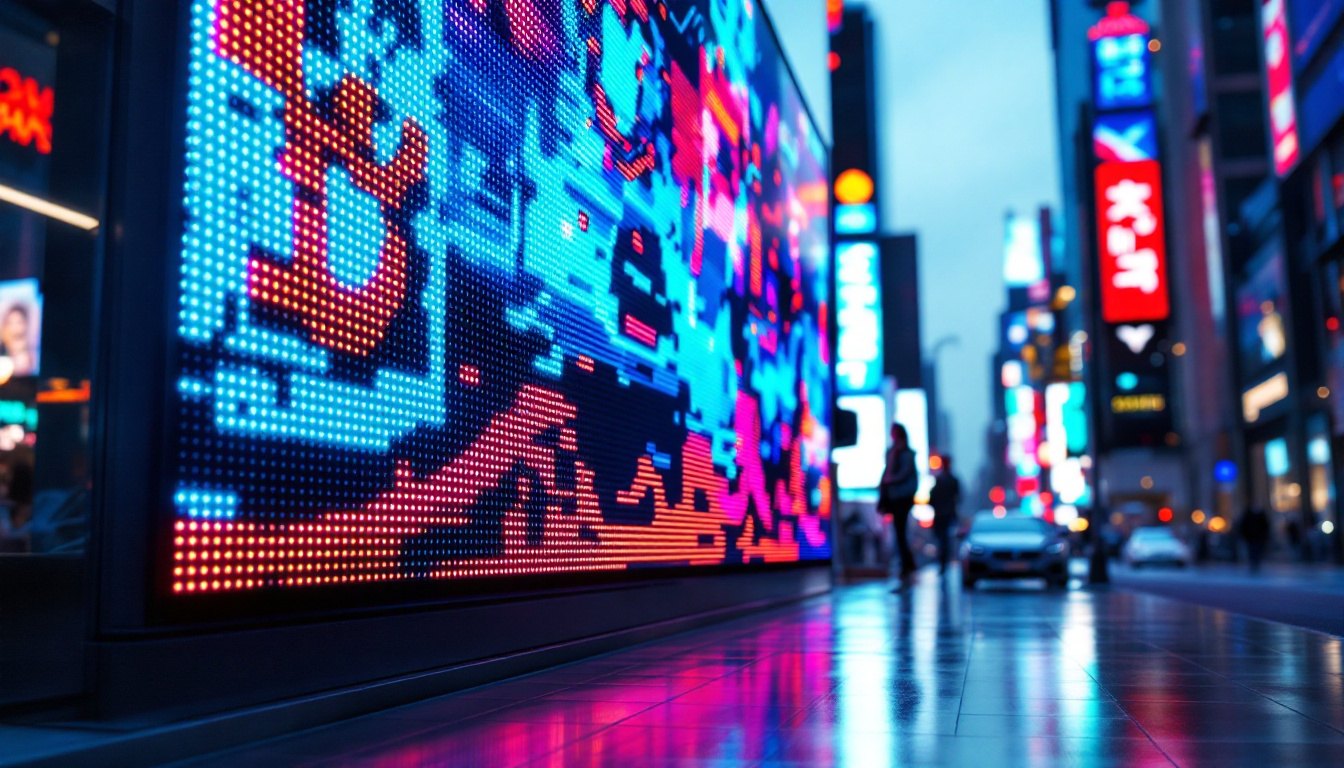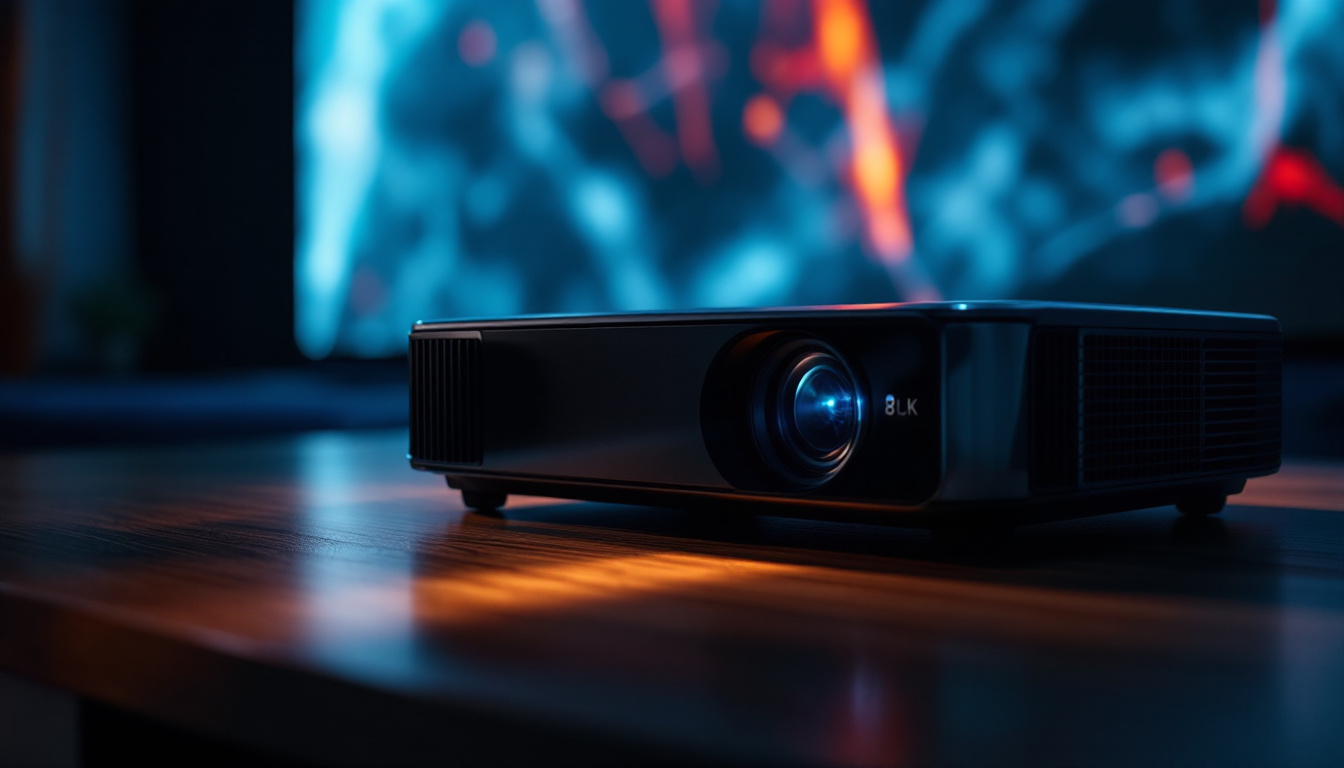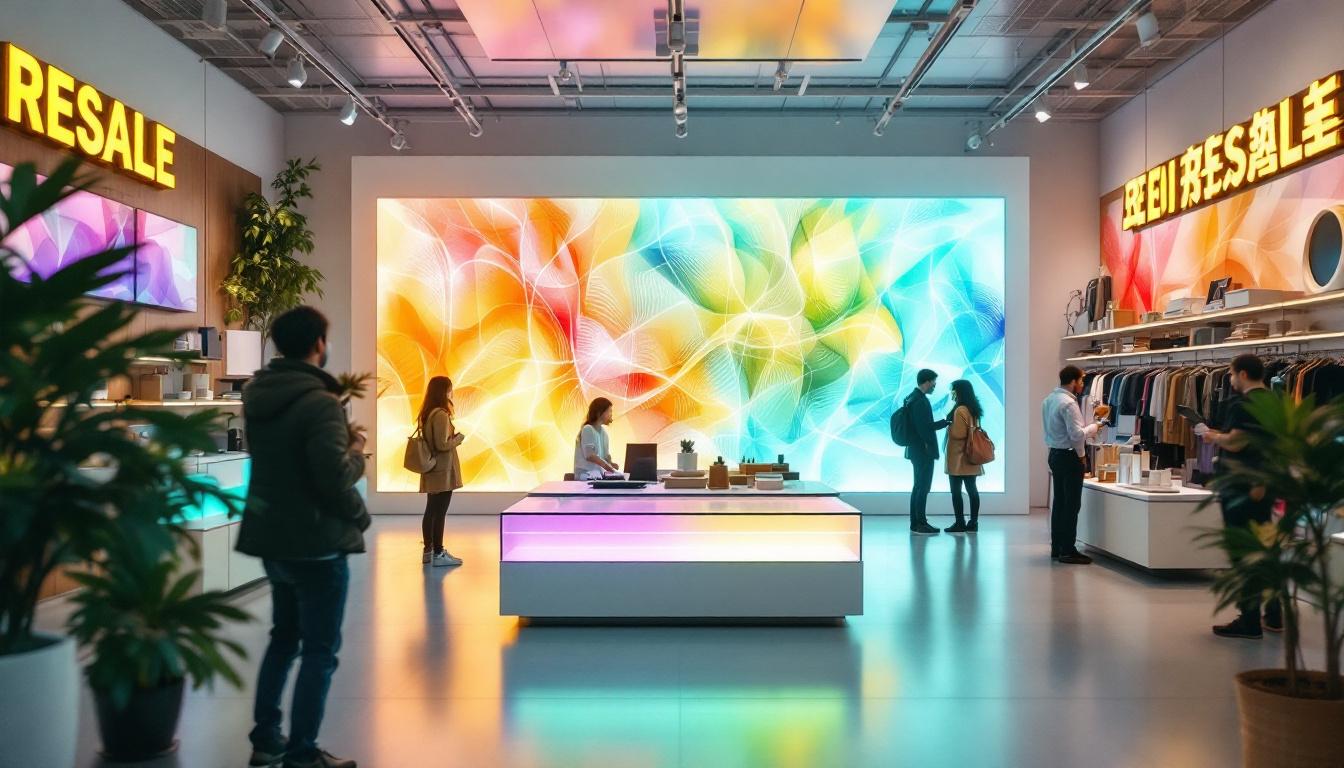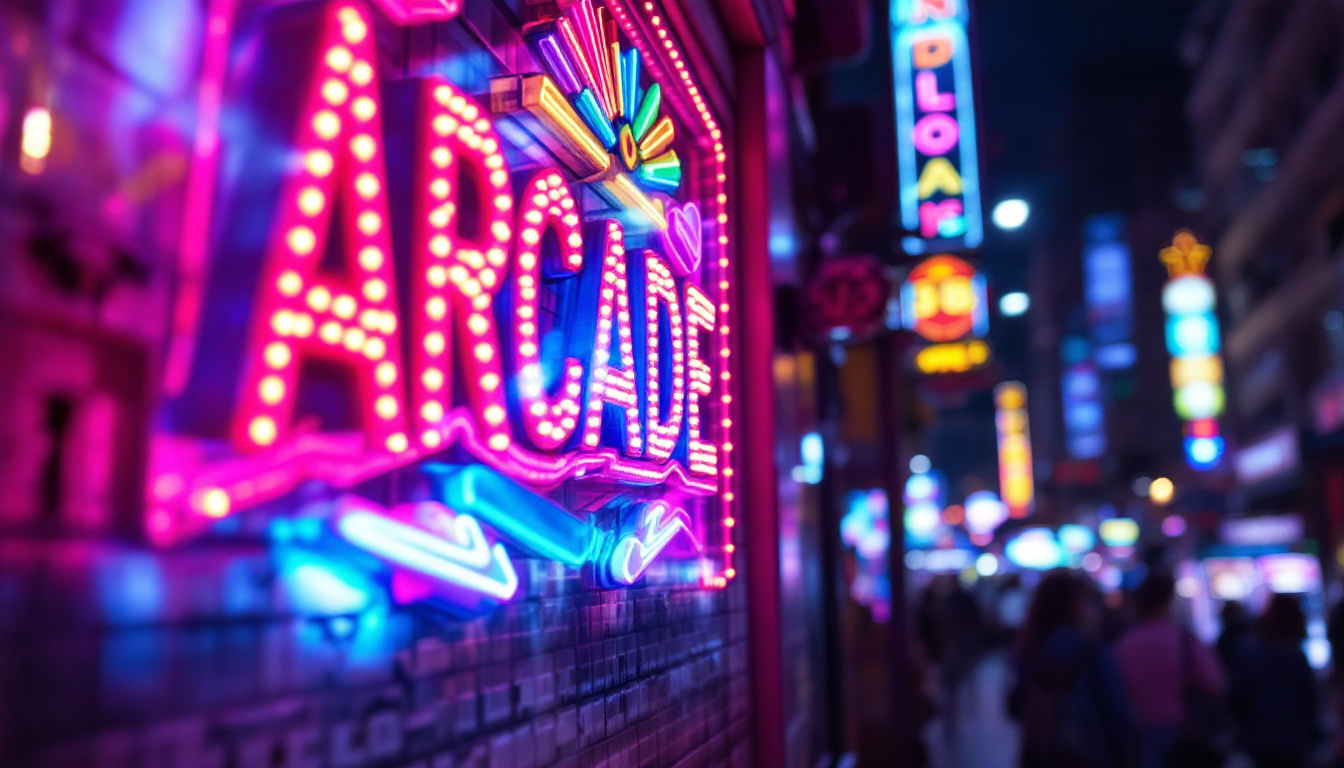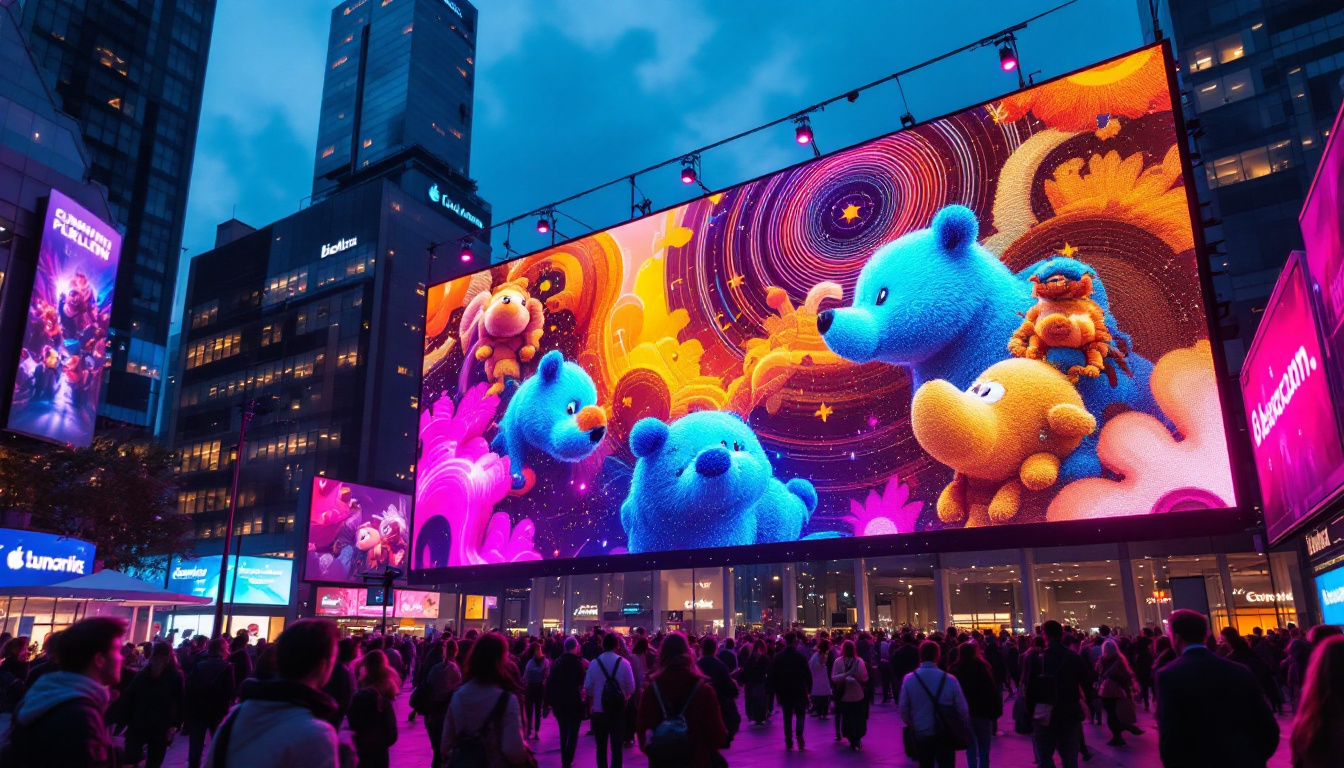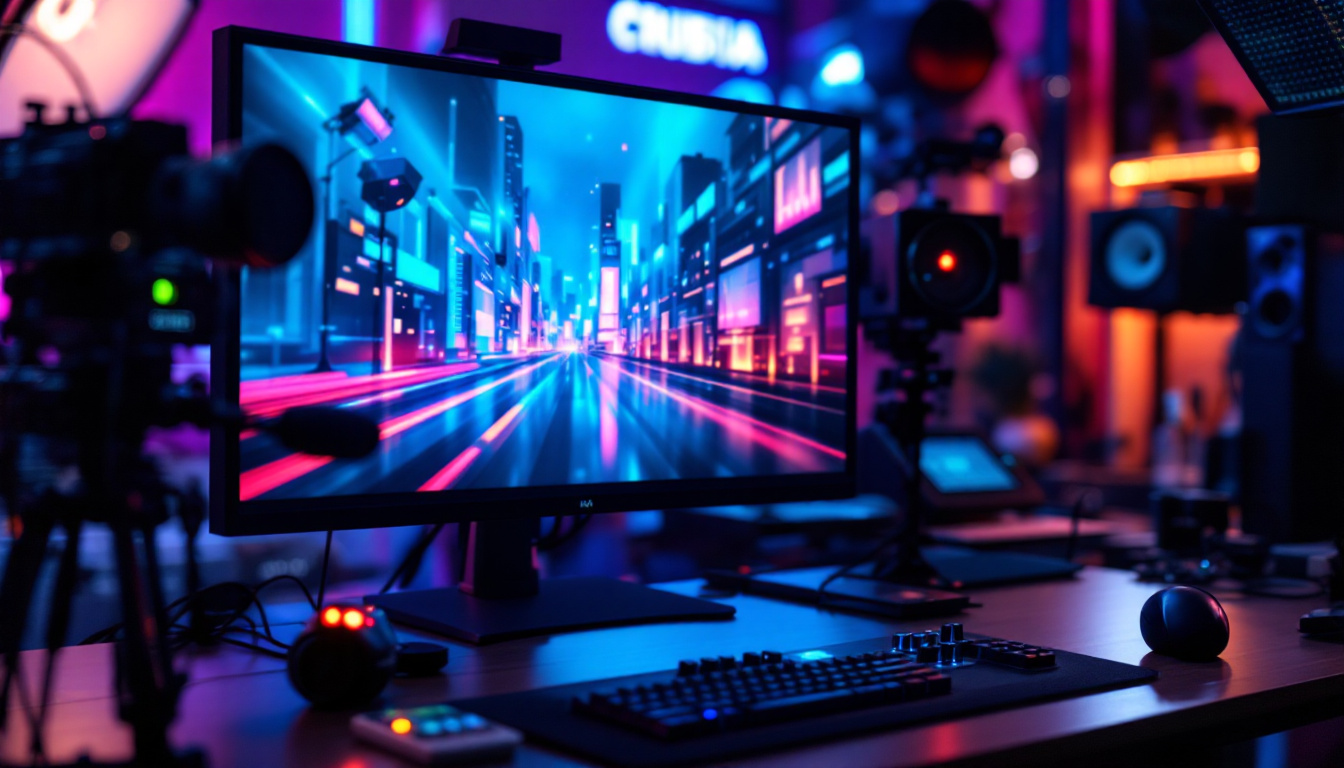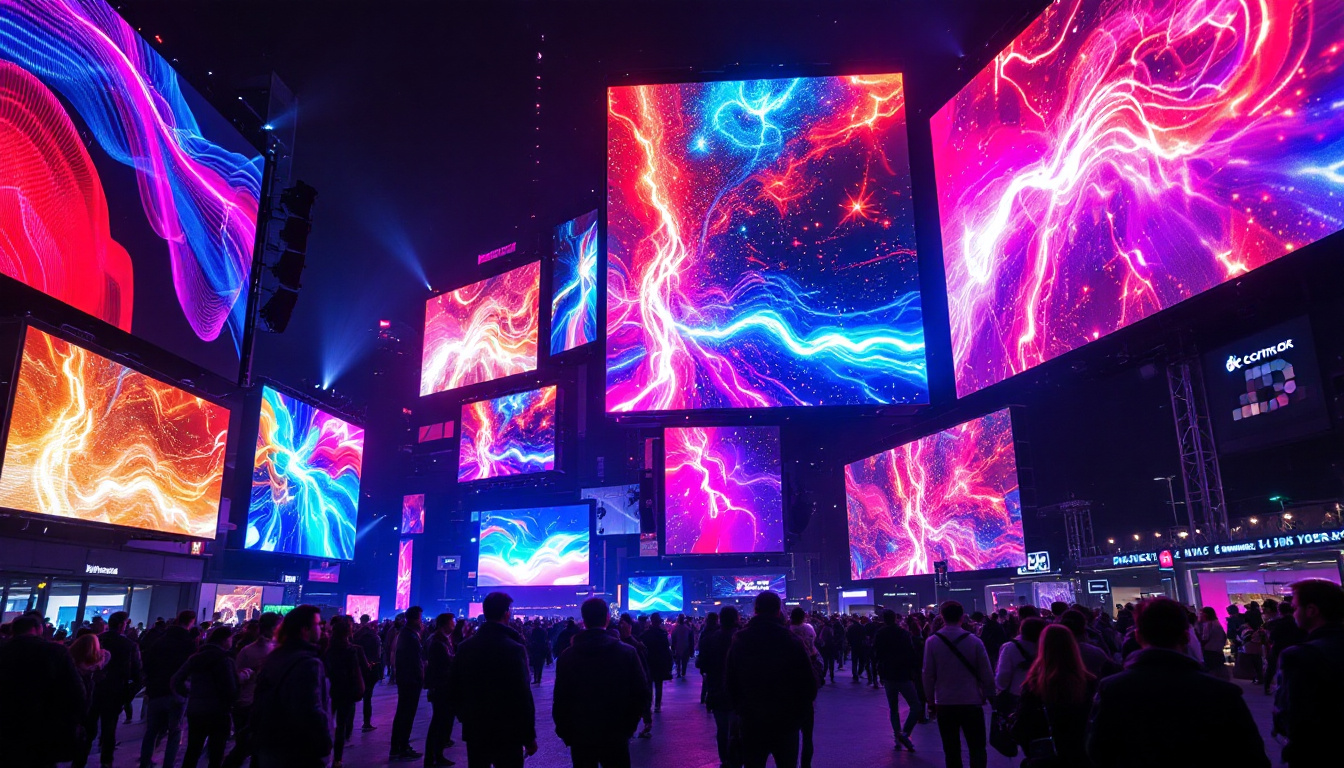In the fast-paced world of trade shows and exhibitions, visual impact is paramount. One of the most effective ways to capture attention and convey information is through LED displays. These monitors not only enhance the aesthetic appeal of a booth but also serve as powerful tools for communication. This article delves into the intricacies of LED displays used in trade shows, exploring their benefits, types, and best practices for utilization.
Understanding LED Displays
LED (Light Emitting Diode) displays have revolutionized the way information is presented at trade shows. Their vibrant colors, high brightness, and energy efficiency make them ideal for attracting visitors and delivering messages effectively. Unlike traditional LCD screens, LED displays offer superior visibility in various lighting conditions, making them a popular choice for both indoor and outdoor events. The evolution of LED technology has also led to the development of flexible and transparent displays, further expanding the possibilities for creative booth designs and innovative marketing strategies.
How LED Displays Work
LED displays consist of numerous tiny diodes that emit light when an electric current passes through them. These diodes are arranged in a grid format, allowing for the creation of images and videos. The brightness and color of the display can be adjusted, enabling it to stand out even in brightly lit environments. This technology not only enhances visibility but also provides a dynamic platform for showcasing content. Additionally, advancements in pixel pitch technology have allowed for higher resolution displays, ensuring that even the smallest details are rendered with clarity, which is crucial for brand messaging and visual storytelling.
The modular nature of LED displays allows for flexibility in size and shape. They can be configured to fit various booth designs, from large backdrops to smaller, interactive displays. This adaptability is a significant advantage for exhibitors looking to create a unique visual experience. Furthermore, the integration of touch technology into LED displays has opened up new avenues for audience interaction, allowing visitors to engage with content in a more meaningful way, such as through interactive product demos or immersive brand experiences.
Benefits of Using LED Displays at Trade Shows
Utilizing LED displays at trade shows offers numerous benefits that can significantly impact an exhibitor’s success. These advantages include:
- Enhanced Visibility: LED displays are bright and eye-catching, ensuring that your booth attracts attention from afar.
- dynamic content: The ability to display videos, animations, and real-time data allows for engaging presentations that can captivate audiences.
- Energy Efficiency: LED technology consumes less power compared to traditional displays, making it a more sustainable option for exhibitors.
- Durability: LED displays are built to withstand the rigors of transport and setup, ensuring reliability throughout the event.
Moreover, the use of LED displays can enhance the overall branding experience. By incorporating custom graphics and tailored content, exhibitors can create a cohesive brand narrative that resonates with attendees. The ability to update content on-the-fly also means that exhibitors can respond to audience engagement in real time, showcasing new products or promotions as they arise. This level of responsiveness not only keeps the booth fresh and relevant but also encourages repeat visits from attendees eager to see what’s new.
In addition to their visual appeal, LED displays can also play a crucial role in data collection and analytics. Many modern displays come equipped with software that tracks viewer engagement, allowing exhibitors to gather valuable insights into attendee behavior. This data can inform future marketing strategies and help exhibitors refine their approach to better meet the needs of their target audience. As trade shows continue to evolve, the integration of technology like LED displays will remain a key factor in creating memorable and impactful experiences for both exhibitors and attendees alike.
Types of LED Displays
When selecting an LED display for a trade show, it’s essential to understand the different types available. Each type serves specific purposes and comes with its own set of features.
Direct View LED Displays
Direct view LED displays are made up of individual LED modules that are seamlessly connected to create a larger screen. These displays are often used for large-scale presentations, such as video walls or backdrops. They provide excellent image quality and can be viewed from various angles, making them ideal for crowded trade show environments.
LED Video Walls
LED video walls consist of multiple screens working together to form a single, cohesive display. These setups can create stunning visuals that draw in attendees. Video walls are particularly effective for showcasing promotional videos, product demonstrations, or live feeds from social media. Their modular design allows for customization in size and configuration, providing flexibility for different booth layouts.
Portable LED Displays
For exhibitors with limited space or those who require easy transport, portable LED displays are an excellent choice. These lightweight, compact displays can be set up quickly and are often designed for easy assembly. Despite their smaller size, portable LED displays still offer high-quality visuals and can be used for presentations, signage, or interactive displays.
Best Practices for Using LED Displays at Trade Shows
To maximize the effectiveness of LED displays at trade shows, exhibitors should follow several best practices. These guidelines can help ensure that the display not only attracts attention but also communicates the intended message effectively.
Content is Key
The content displayed on LED monitors should be engaging and relevant to the audience. High-quality visuals, concise messaging, and clear calls to action can significantly enhance viewer engagement. It’s crucial to avoid cluttering the screen with too much information; instead, focus on delivering a few key messages that resonate with attendees.
Strategic Placement
Where the LED display is positioned can greatly influence its effectiveness. Placing it at eye level and ensuring it is visible from multiple angles will help draw in passersby. Additionally, consider the flow of foot traffic in the booth area. A well-placed display can act as a focal point, guiding visitors toward the booth and encouraging them to stop and engage.
Interactivity and Engagement
Incorporating interactive elements into the LED display can enhance visitor engagement. Touchscreen capabilities, live polls, or social media feeds can encourage attendees to participate actively. This not only makes the experience more memorable but also fosters a deeper connection with the brand.
Technical Considerations
When planning to use LED displays at trade shows, it’s essential to consider the technical aspects to ensure seamless operation. Understanding the specifications and requirements can prevent last-minute issues and enhance the overall experience.
Resolution and Pixel Pitch
Resolution is a critical factor in determining the quality of the display. Higher resolution screens provide clearer images, which is particularly important for detailed graphics or text. Pixel pitch, the distance between the centers of two adjacent pixels, also plays a role in image clarity. A smaller pixel pitch results in higher resolution and better image quality, making it ideal for close viewing.
Power and Connectivity
LED displays require a stable power source and proper connectivity to function effectively. Before the event, ensure that the necessary power outlets and cables are available at the booth. Additionally, consider the type of content being displayed; some may require specific software or hardware for seamless playback.
Setup and Maintenance
Proper setup and maintenance are crucial for ensuring the LED display operates smoothly throughout the trade show. Familiarize yourself with the setup process and conduct a test run before the event. Regular maintenance checks during the show can help identify and resolve any issues quickly, ensuring a professional presentation at all times.
Cost Considerations
Investing in LED displays can be a significant expense, but understanding the associated costs can help exhibitors make informed decisions. The overall cost can vary based on several factors, including the type of display, size, rental versus purchase, and additional features.
Rental vs. Purchase
Exhibitors must decide whether to rent or purchase LED displays. Renting can be a cost-effective option for those who participate in trade shows infrequently. It allows access to the latest technology without the high upfront costs. However, for companies that exhibit regularly, purchasing may be more economical in the long run, providing ownership and the ability to customize displays as needed.
Budgeting for Content Creation
In addition to the cost of the display itself, budgeting for content creation is essential. High-quality visuals and engaging videos often require professional design services, which can add to the overall expense. Allocating funds for content creation should be part of the planning process to ensure that the display effectively communicates the brand message.
Future Trends in LED Displays
The technology behind LED displays continues to evolve, with new trends emerging that promise to enhance their effectiveness at trade shows. Staying informed about these trends can help exhibitors remain competitive and innovative in their approach.
Advancements in Technology
As technology advances, LED displays are becoming more sophisticated. Innovations such as flexible LED screens that can be curved or shaped to fit unique booth designs are gaining popularity. Additionally, improvements in resolution and color accuracy are making displays even more visually stunning.
Integration with Augmented Reality (AR)
Integrating LED displays with augmented reality is a growing trend that can create immersive experiences for attendees. By overlaying digital content onto the physical world, exhibitors can engage visitors in new and exciting ways. This technology can be particularly effective for product demonstrations or interactive storytelling.
Conclusion
LED displays have become an essential component of trade show marketing strategies. Their ability to attract attention, deliver dynamic content, and enhance visitor engagement makes them invaluable tools for exhibitors. By understanding the different types of displays, following best practices, and staying informed about technological advancements, businesses can leverage LED displays to create memorable experiences that resonate with their audience.
As the landscape of trade shows continues to evolve, embracing innovative display solutions will be key to standing out in a crowded marketplace. Investing in high-quality LED displays and implementing effective strategies can lead to greater brand visibility and ultimately, increased success at trade shows.
Discover LumenMatrix LED Display Solutions
Ready to elevate your trade show presence and captivate your audience with unparalleled visual experiences? Explore LumenMatrix’s comprehensive range of LED display technologies, from Indoor and Outdoor LED Wall Displays to innovative solutions like Vehicle LED Displays, LED Posters, and Transparent LED Displays. Embrace the future of visual communication with our Custom and All-in-One LED Display options, designed to make your brand shine. Don’t just take our word for it; check out LumenMatrix LED Display Solutions today and see how we can transform your next trade show exhibit into a beacon of engagement.

